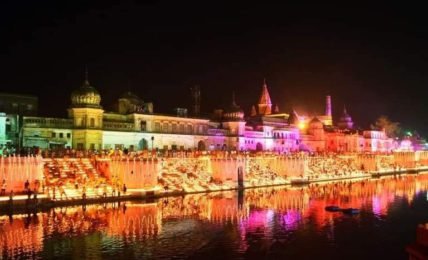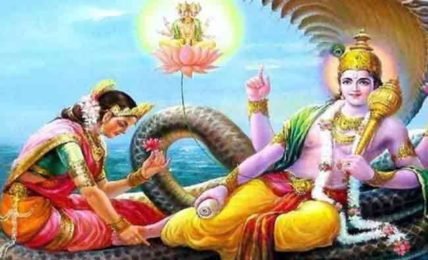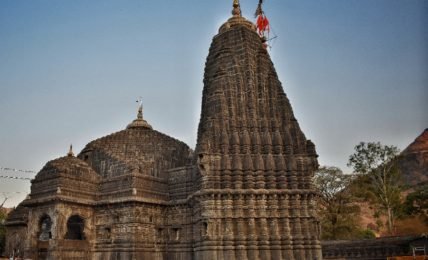Vibrant Manipur – Immersed in Shades of Culture and Tradition
Manipur, the land of jewels can proudly boast of its natural beauty as well as it’s diverse and rich cultural heritage. The Manipuris, from a linguistic point of view, are divided into two groups - the Meiteis and the Bishnupriyas. The language of the Meitis is of Tibeto-Burman group while that of the Bishnupriyas is of the Indic group. Although Meitei is the official language of Manipur, Bishnupriya Manipuri people have their own language, and belongs to the Eastern group of the family and is written in the Bengali–Assamese script, and though it is close to Bengali and Assamese, it is a distinct language.








